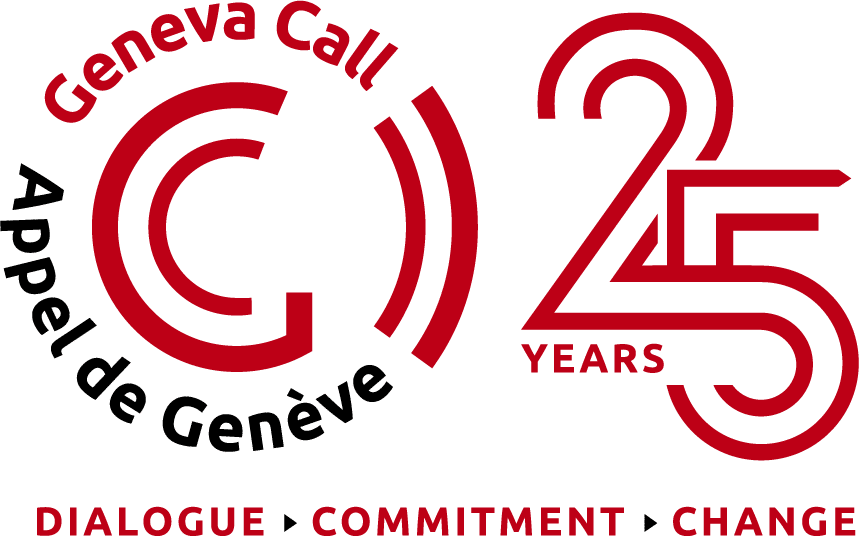Western Sahara: the Polisario Front destroys stockpiles of anti-personnel mines
31 mars 2015
On 30 March, the Polisario Front destroyed a stockpile of anti-personnel (AP) mines in Tifariti, Western Sahara. The total number of destroyed AP mines still has to be confirmed. This is the fifth destruction since the Polisario Front decided to ban this weapon in 2005 by signing Geneva Call’s Deed of Commitment banning AP mines. Since 2005, the Polisario Front has destroyed more than 10,000 of such stockpiled weapons.
According to the Landmine Monitor, there had been some 2,500 casualties of AP mines and explosive remnants of war (ERW) since 1975 and, in 2013, 23 new casualties were reported.
High-level Polisario Front officials, including the Prime Minister and the Minister of Defence, as well as representatives of Geneva Call, the Sahrawi Campaign to Ban Landmines, the Mine Action Coordination Centre of the United Nations Mission for the Referendum in Western Sahara (MINURSO), Mine Tech international, the United Nations Mine Action Service (UNMAS) and the Sahrawi Association of Mine Victims observed the event.
“We hope that soon the population in Western Sahara will be able to live in a landmine-free environment. Since the signing of the Deed of Commitment, survey, clearance and mine risk education have been undertaken in Polisario Front-controlled areas and an orthopaedic centre to assist mine victims has been set up. However, AP mines remain a critical threat for the population especially on the other side of the berm and Morocco should now join the Ottawa Convention” added Fred Meylan, Geneva Call’s Programme Director for Africa after the destruction.
To answer a request from the Polisario Front, Geneva Call also conducted a four-day training of trainers on international humanitarian norms for 13 Polisario Front military instructors and one representatives of the Sahrawi Human Rights Commission. The course included topics such as means and methods of warfare, protection of civilians and those hors de combat (such as detainees), and civil and political rights in refugee camps. According to the United Nations, around 90,000 Sahrawi people still live in several refugee camps in Algeria.
The Polisario Front has been engaged in a struggle for the independence of Western Sahara since 1973. After years of fighting, the United Nations brokered a ceasefire in 1991. However, the status of the territory is still a subject of dispute between Morocco and the Polisario Front.
As a result of the conflict, Western Sahara is heavily contaminated by landmines, cluster munitions and other explosive remnants of war (ERW). It is divided by a 2,700-kilometre long earthen wall, known as the ʻbermʼ, which was built by the Moroccan army during the 1980s and fortified with millions of landmines.

